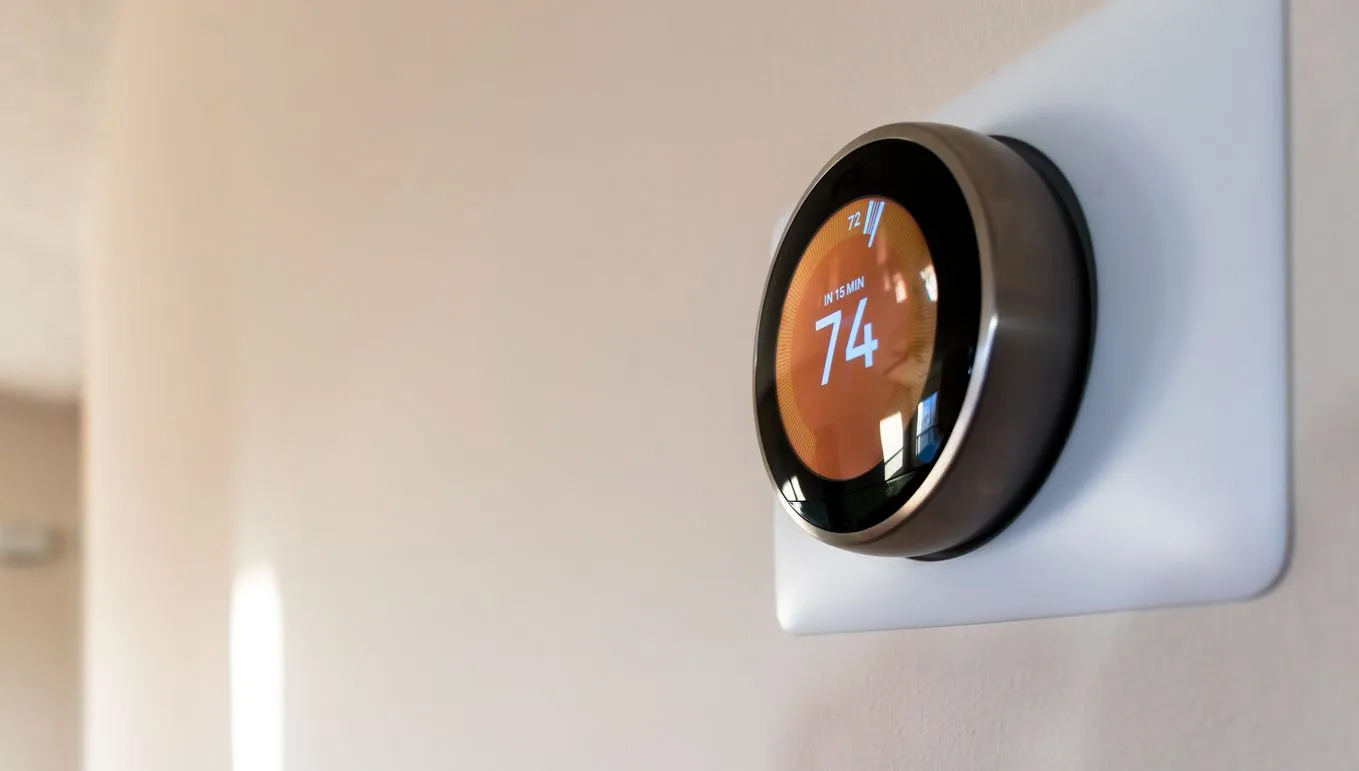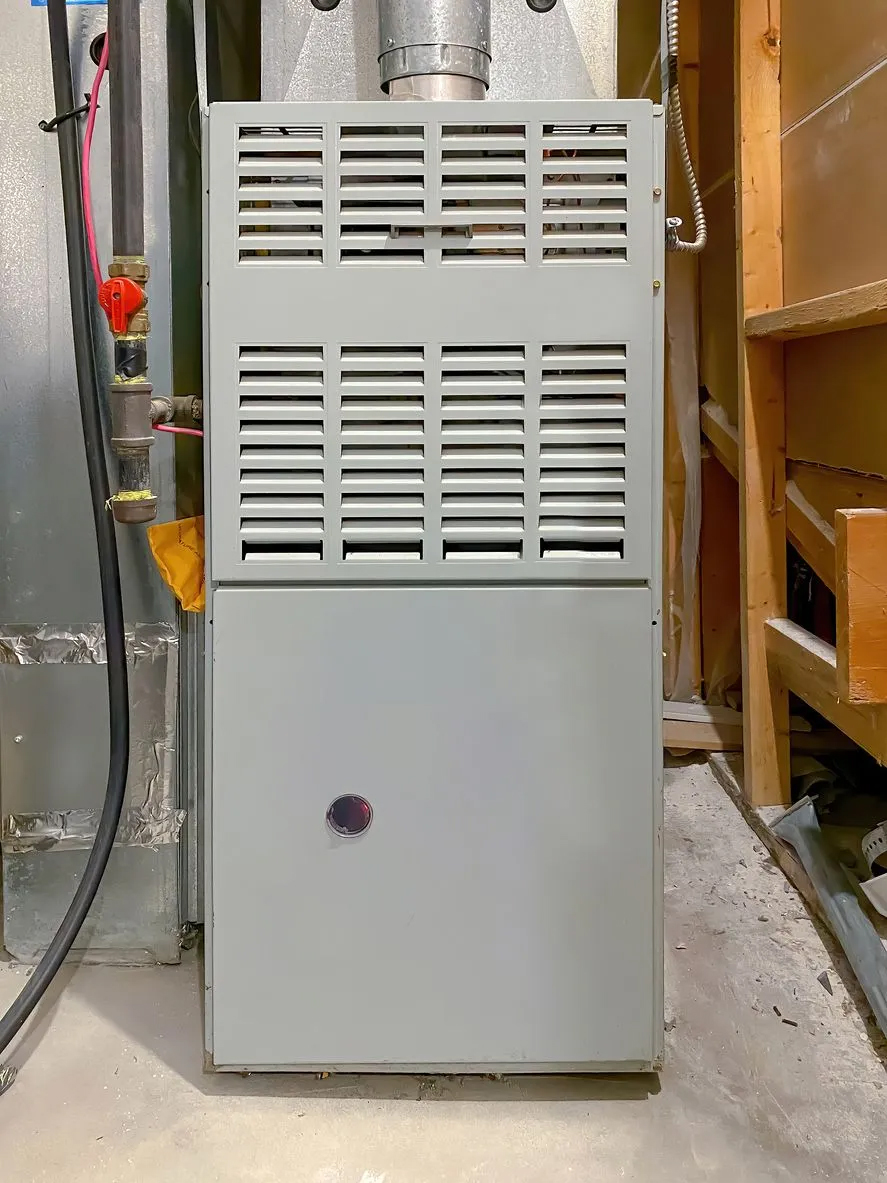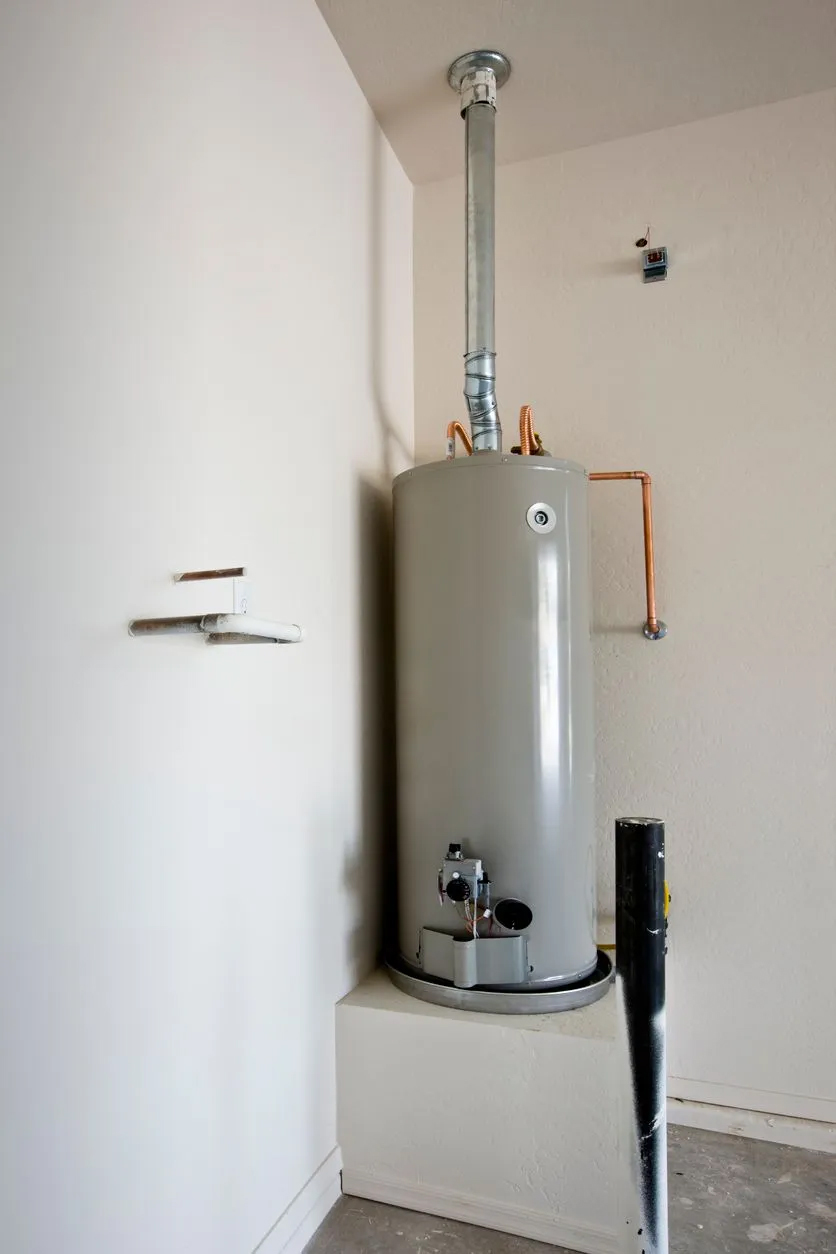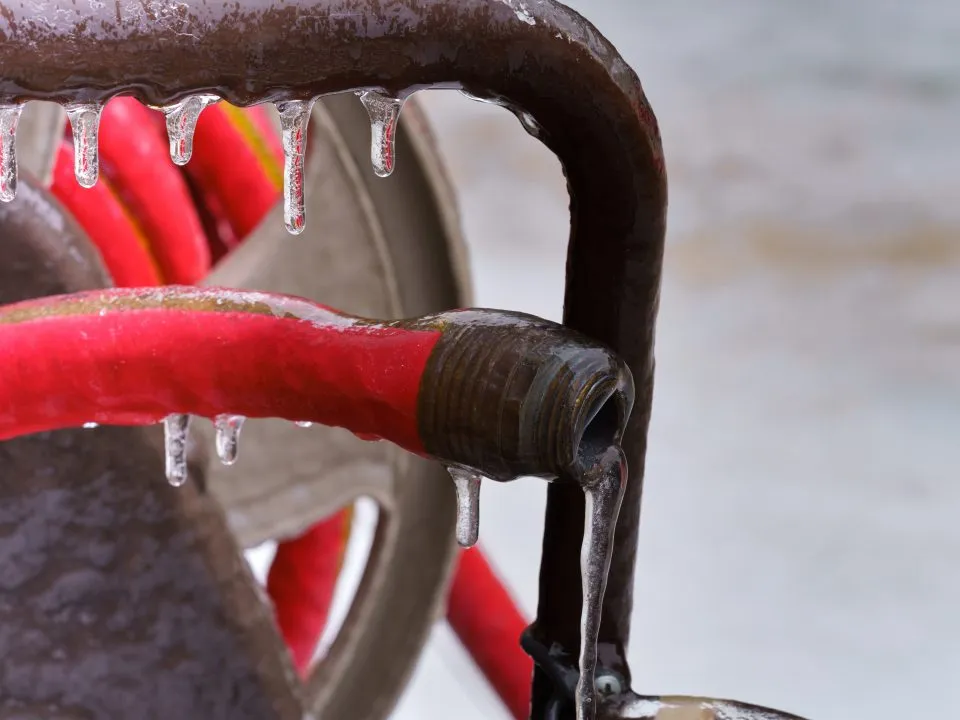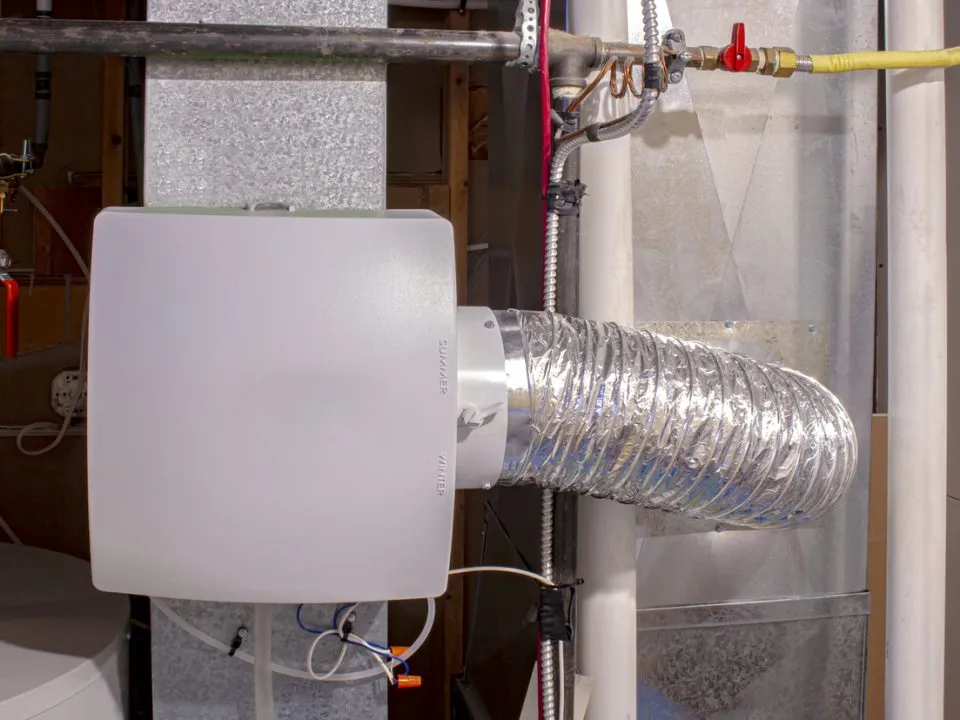
Learn What Energy Tax Credits Are & Which HVAC Systems Qualify for Them
Did you know that investing in a new, energy-efficient HVAC system can mean big savings for you? Not only will you benefit from lower monthly energy bills, but come tax-filing time, you could get hundreds if not thousands of dollars put back in your pocket for making this environmentally friendly investment.
Keep reading to learn what the updated 2023 HVAC tax credits are, which heating and cooling systems qualify for them, the limitations on the energy tax credits, and how to claim them. And if you have any questions regarding energy tax credits, we more than likely have an answer – keep reading to find it!
What Are Energy Tax Credits?
Energy tax credits are a way the government incentivizes taxpayers to switch their energy sources from fossil fuels to more sustainable resources. In this case, the federal government has established energy tax credits that effectively reduce the cost of purchasing HVAC equipment. However, instead of saving money immediately, the taxpayer gets an HVAC tax credit that gives them money back during the tax-filing process. Keep in mind that not all heating and cooling units qualify for HVAC tax credits: only heating and cooling systems with high energy efficiency ratings are eligible for tax credits because those systems consume less electricity and energy.
In 2017, the Department of Energy (DOE) issued a new set of energy efficiency standards for heating and cooling equipment that went into effect on January 1, 2023. These new standards require that all residential air conditioners and heat pumps manufactured in or imported to the United States on or after the start of 2023 carry higher minimum SEER (Seasonal Energy Efficiency Ratio), HSPF (Heating Seasonal Performance Factor), and EER (Energy Efficiency Ratio) ratings.
With new ratings set this year, it’s important to know what they mean and how they affect you:
- SEER – Every HVAC system has a SEER rating. The higher the rating, the more energy-efficient your unit is. The new standard for the minimum rating for air conditioners is changing from 13 in the Northern United States and 14 in the Southern United States to 14 for all units installed in the Northern United States. For the Southeast and Southwest regions of the country, the minimum SEER rating will depend on the system’s size.
- HSPF – Heat pumps have an HSPF rating that indicates their heating efficiency. The HSPF rating standard stays the same, with a nationwide minimum SEER rating of 15. Split-system heating systems must have a minimum HSPF rating of 8.8.
- EER – Air conditioners have an EER rating that is calculated in a nearly identical manner to SEER – BTU (British Thermal Unit) divided by WH (Watt-Hours). The primary difference is how units are tested to calculate their SEER and EER ratings. While SEER ratings consider the system’s performance when external temperatures range from 65°F to 104°F, EER ratings only test the system at a constant outdoor temperature of 95°F. The Southeastern United States is the only region in the country where the DOE requires both a minimum EER and SEER rating.
Although minimum energy-efficiency ratings are changing, the new requirements won’t impact you right away. If your current HVAC system doesn’t meet the new 2023 standards, you won’t be forced to upgrade your unit. However, replacing your current system sooner rather than later has many advantages, including significantly lower energy bills and environmental benefits.
Along with updating energy efficiency standards, the DOE is also creating new test procedures that determine the different ratings of your HVAC unit called SEER2, HSPF2, and EER2. These new procedures are designed measure efficiency more accurately, and all heating and cooling equipment, no matter its current ratings, will need to undergo new testing.
Tax Credits for Heating Systems
Effective starting in 2023, homeowners can qualify for a tax credit equal to 30% of installation costs for highly efficient heating and cooling products, up to $2,000 for qualifying heat pumps. See the types of heat pumps that qualify for a tax credit:
- Ducted Split Systems: ENERGY STAR-certified heating equipment with HSPF ≥ 7.8, SEER2 ≥ 15.2, EER2 ≥ 11.7.
- Gas/Electric Packaged Systems: ENERGY STAR-certified packaged systems with SEER2 ≥ 15.2 and EER2 ≥ 11.5.
- Ductless Mini-Split Systems: ENERGY STAR-certified non-ducted mini splits with SEER2 ≥ 16, EER2 ≥ 12, HSPF2 ≥ 9.
- Heat Pumps with ENERGY STAR Cold Climate: Split and packaged models with SEER ≥ 15.2, EER2 ≥ 10, and HSPF2 ≥ 8.1. Mini-split systems with SEER2 ≥ 16, EER ≥ 9, and HSPF ≥ 9.5.
Tax Credits for Gas & Oil Furnaces
Homeowners can now get a tax credit equal to 30% of installation costs for highly efficient heating and cooling products, up to $600 for qualifying natural gas and oil furnaces. See the types of furnaces that qualify for a tax credit:
- Oil Furnaces: ENERGY STAR-certified oil furnaces that have fuel blends with at least 20% of the volume consisting of biodiesel, renewable diesel, or second-generation biofuel.
- Gas Furnaces: ENERGY STAR-certified gas furnaces with AFUE (Annual Fuel Utilization Efficiency) ≥ 97%.
Tax Credits for Water Heaters
Homeowners can now get a tax credit equal to 30% of installation costs for highly efficient heating and cooling products, up to $600 for qualifying natural gas water heaters and up to $2,000 for qualifying heat pump water heaters. See the types of water heaters that qualify for a tax credit:
- Gas Storage Water Heaters: ENERGY STAR-certified gas storage water heaters with ≥ 0.81 UEF (Uniform Energy Factor) for tanks less than 55 gallons and ≥ 0.86 UEF for tanks ≥ 55 gallons.
- Tankless Gas Water Heaters: ENERGY STAR-certified systems with ≥ 0.95 UEF.
- Heat Pump Water Heaters: ENERGY STAR-certified heat pump water heaters are eligible.
Tax Credits for Insulation
Homeowners can now get a tax credit equal to 30% of installation costs for highly efficient heating and cooling products, up to $1,200 for qualifying insulation products. See the types of products that qualify for a tax credit:
- Bulk insulation products, like batts, rolls, blow-in filters, rigid boards, expanding spray, and pour-in-place.
- Air-sealed products with a Manufacturer’s Certification Statement, like weather stripping, spray foam in a can, caulk, and house wrap.
Limitations of the Energy Tax Credits
There are some limits to energy tax credits, including the amount you can claim for a specific HVAC equipment installation. In addition to the individual limits, there is a $3,200 annual aggregate limit for efficiency tax credits in one year. This limit breaks down to a total limit of $1,200 for any combination of air conditioners, furnaces, and insulation products added to your home as well as a total of $2,000 for equipment like heat pumps and heat pump water heaters.
How Do I Claim My Tax Credit?
To claim your HVAC tax credit, you’ll need to file the appropriate tax return forms. It’s important to note that you can only claim these tax credits if you owe taxes, and if you don’t owe taxes, you won’t receive the tax credit as a refund.
- If you have any questions or need assistance with your tax forms, we recommend consulting a tax professional.
Get Answers to Frequently Asked Questions
What is a Manufacturer’s Certification Statement?
A Manufacturer’s Certification Statement is a signed statement from the manufacturer that certifies the heating, cooling, or insulation equipment qualifies for a tax credit. You should be able to find this statement on the manufacturer’s website.
Is the tax credit non-refundable?
HVAC tax credits are non-refundable, and taxpayers can only use the credit to decrease or eliminate tax liability.
What other equipment qualifies for a tax credit?
Separate tax credits are available for renewable energy improvements, including wind, solar, and geothermal. These tax credits don’t count towards the $3,200 annual aggregate limit under the HVAC tax credits.
Take Advantage of New 2023 Tax Credits with the Help of Reputable HVAC Technicians
No matter how you decide to handle the new 2023 HVAC tax credits, whether you upgrade your system now or wait until later, always trust the contractors from Honest Air Conditioning And Plumbing LLC. to install your HVAC equipment. Our HVAC experts are trusted by home owners throughout Austin, Cedar Park, Georgetown, Hutto, Leander, Pflugerville, and Round Rock, TX, and we’re well-equipped to provide exceptional heating and cooling installation work for all types of systems, including air conditioners, furnaces, air purifiers, attic insulation, gas lines, water heaters, and more! We also have financing with approved credit available for your new system.
Ready to get started on your new energy-efficient unit installation? So are we! Give us a call today to schedule service.


